Equipment
Callaway’s new XR OS irons and hybrids
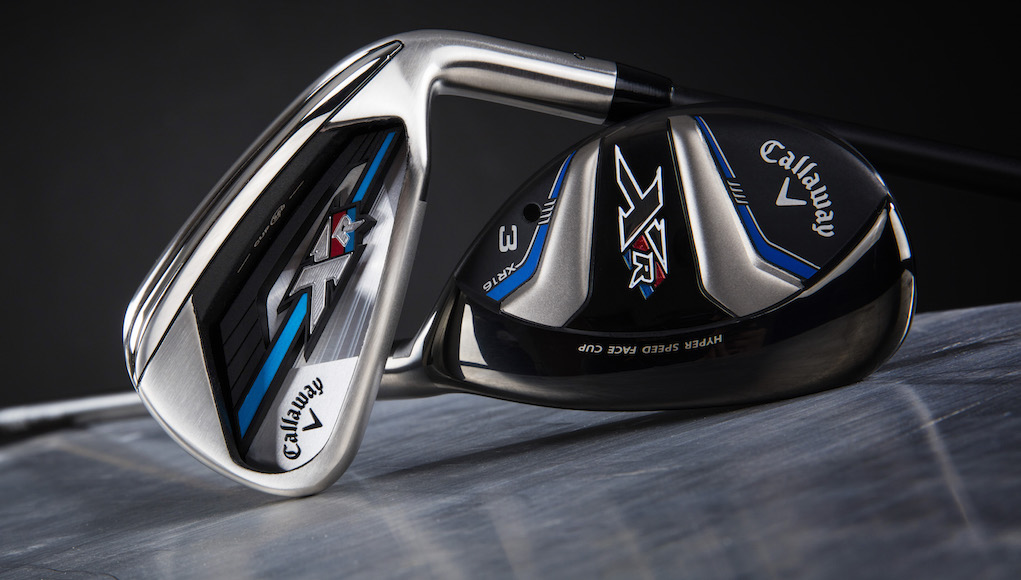
Callaway’s XR irons and hybrids from last year (the standard models, not the “Pro”) were classified as game-improvement clubs, industry code for high-launching, forgiving clubs with big profiles and wide soles. The new XR OS irons and hybrids — the “OS” stands for over-sized — are made to be super game-improvement clubs. That means they’re the highest launching, most forgiving irons and hybrids Callaway has made to date.
Who is the new XR OS line for? Golfers who are either inconsistent or have slow swing speeds, and need the longest, easiest-to-hit irons and hybrids possible. If you had interest Callaway Big Bertha irons, or super game-improvement clubs from another company, these are for you.
So what makes the XR OS line more forgiving, and how exactly will they help your game?
Callaway’s XR irons, released in 2015, were the first generation of irons to utilize Face Cup, a Callaway technology used to improve ball speed across the face, especially on mishits. The new XR OS irons have an improved Face Cup. The second-generation design has thinned out areas around the perimeter, making those areas faster, and a sweet spot located lower on the face where most high-handicap players tend contact the ball. The improvements give the XR OS irons higher ball speeds in the areas where golfers want to hit them (low and in the center of the face), as well as where they hit them when things go wrong.
Related: The best game-improvement irons of 2015
Many irons with extremely thin and fast faces can sacrifice feel due to the significant vibrations that can occur from such designs. To reduce those vibrations, Callaway engineers put TPU between the face and the cavity — called a “snubber” — ultimately improving sound and feel.
For a higher launch and better contact, Callaway redesigned the soles with a trailing-edge bevel. It has the two-fold benefit of moving the center of gravity (CG) lower and more rearward, as well reducing turf interaction to help golfers make cleaner contact for longer-flying, more consistent shots.
Another problem that high-handicappers and slow-swingers face is differentiating the distance their long irons fly. For instance, maybe their 3, 4 and 5 irons all carry within 5-10 yards of each other. That hardly justifies the need to have all these clubs in the bag. But with the XR OS irons, Callaway has added loft and length to the longer irons, helping golfers spread yardage gaps and establish proper spacing throughout the set.
Here’s a look at the progressive loft-gapping, showing the differences in lofts between irons throughout the set: 4-6 irons (3 degrees of change), 6-8 irons (3.5 degrees), 8-9 irons (4 degrees), 9-PW-AW-SW (5 degrees). All of the lofts are below:
- 4-iron: 22 degrees
- 5-iron: 25
- 6-iron: 28
- 7-iron: 31.5
- 8-iron: 35
- 9-iron: 39
- PW: 44
- AW: 49
- SW: 54
The spacing makes creating a combo set more seamless since yardage gaps are more identifiable, according to Callaway.
The XR OS hybrids, like the irons, are the highest launching and most forgiving option in Callaway’s stable of hybrid offerings. They feature wider soles and larger profiles, and utilize the latest Hyper Speed Forged Face Cup for high ball speeds across the club face. They also have a low and back CG, a high moment of inertia (MOI) and increased draw-bias, making them easier to get airborne and turn over compared with the original XR hybrids.
A new sole, which Callaway calls “Dual-Keeled Utility,” is large, but is said to reduce ground contact by 50 percent, improving the versatility of the hybrids.
The XR OS hybrids (3, 4, 5, 6 and 7) come stock with a Mitsubishi Fubuki AT 60 shaft, and are available Jan. 22 for $219.99. The XR OS irons will be available on Jan. 22 in both steel, graphite, and combo-set offerings.
XR OS Pricing
- Steel: $799.99
- Graphite: $899.99,
- Steel Combo Set: $899.99
- Graphite Combo Pricing: $999.99
- Available Irons: (4-SW)
Equipment
BK’s Breakdowns: Cameron Young’s winning WITB, 2025 Wyndham Championship

Cameron Young’s WITB from his win at the 2025 Wyndham Championship. Cameron is a Titleist staff player but his bag is definitely filled with some unique clubs. Here are the clubs he used to secure his first PGA Tour win!
Driver: Titleist GT2 (9 degrees, A1 SureFit setting)
Shaft: Mitsubishi Tensei 1K Pro Orange 70 TX
3-wood: Titleist GT3 (15 degrees)
Shaft: Mitsubishi Tensei 1K White 80 TX
Hybrid: Titleist GT2 (21 degrees)
Shaft: Fujikura Ventus HB Black VeloCore+ 10 X
Irons: Titleist T200 (4), Titleist T100 (5), Titleist 631.CY Prototype (6-9)
Shafts: True Temper Dynamic Gold X7 (4-9)
Wedges: Titleist Vokey Design SM10 (48-10F, 52-12F, 56-14F @57), WedgeWorks (60-K* @62)
Shafts: True Temper Dynamic Gold X7
Putter: Scotty Cameron Phantom 9.5 Tour Prototype
Grips: Golf Pride Tour Velvet Cord
Ball: Titleist Pro V1x Prototype
Whats in the Bag
Peter Malnati WITB 2025 (August)
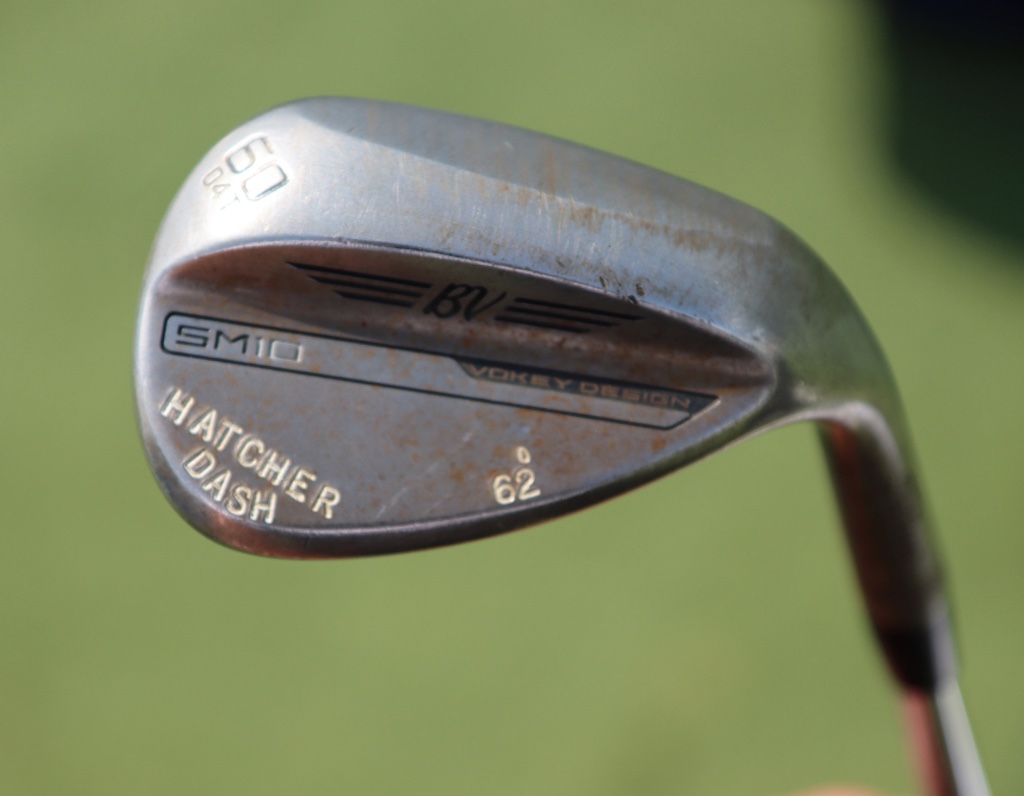
- Peter Malnati what’s in the bag accurate as of the Wyndham Championship. More photos from the event here.
Driver: Titleist GT3 (10 degrees, C2 SureFit setting)
Shaft: Project X Denali Blue 60 TX
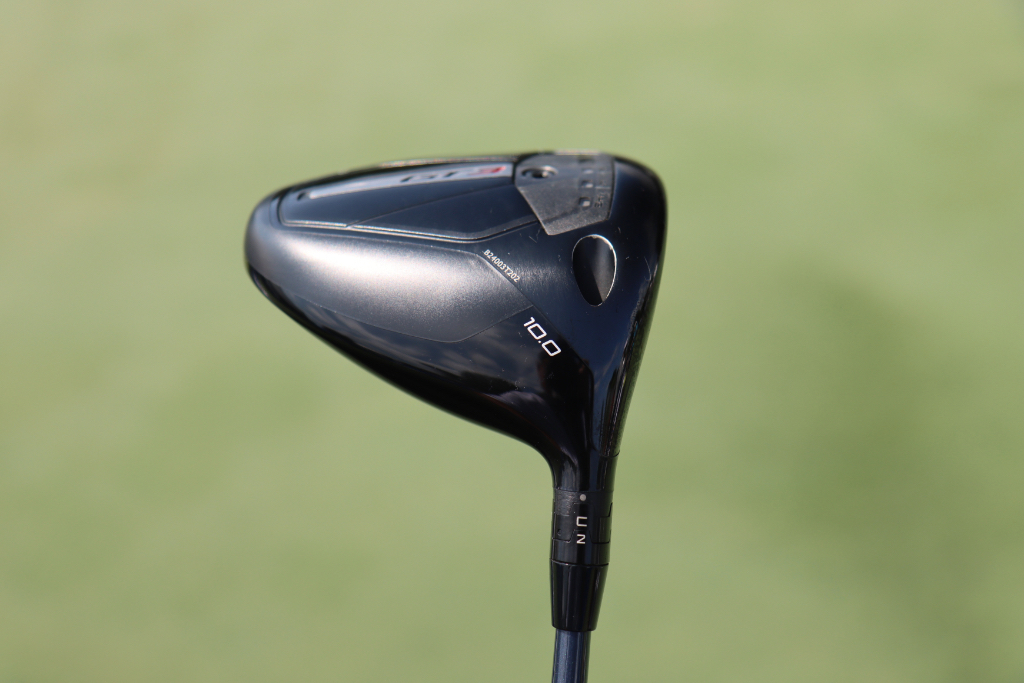

3-wood: Titleist GT3 (15 degrees, A1 SureFit setting)
Shaft: Fujikura Ventus TR Blue 7 X
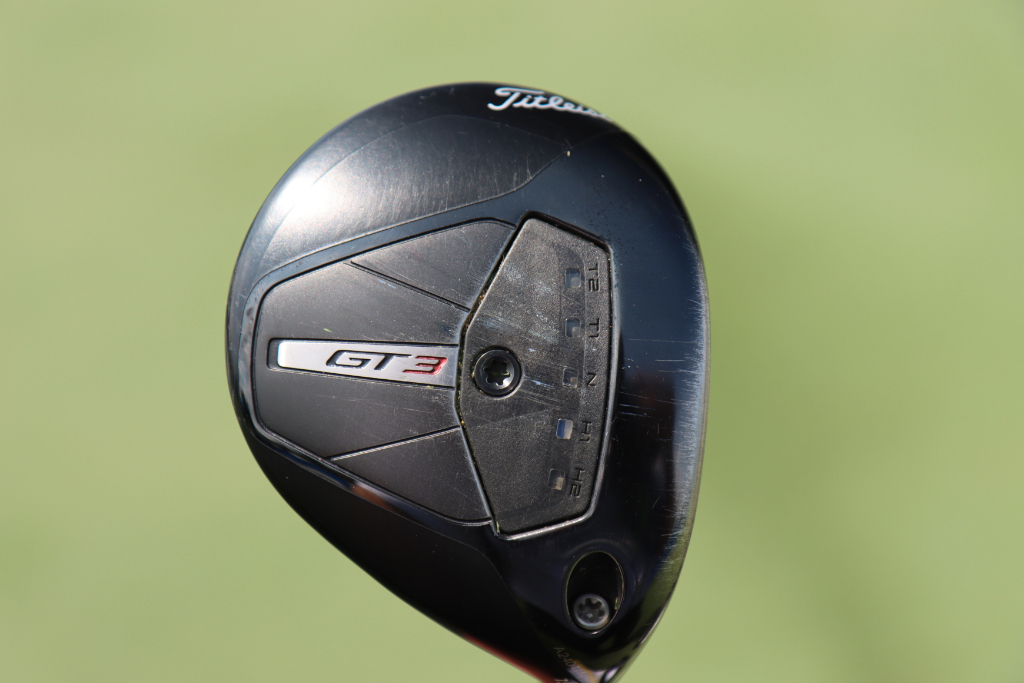
7-wood: Titleist GT2 (21 degrees, D1 SureFit setting)
Shaft: Fujikura Ventus TR Blue 8 X
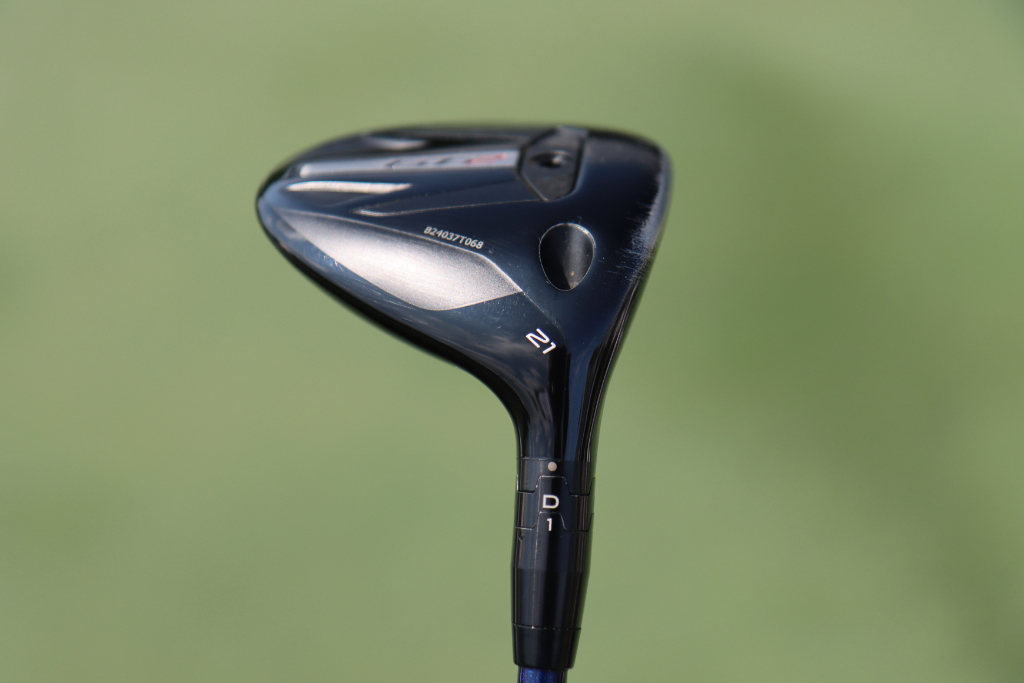
Irons: Titleist T150 (4, 5), Titleist T100 (6-9)
Shafts: True Temper AMT Tour White X100
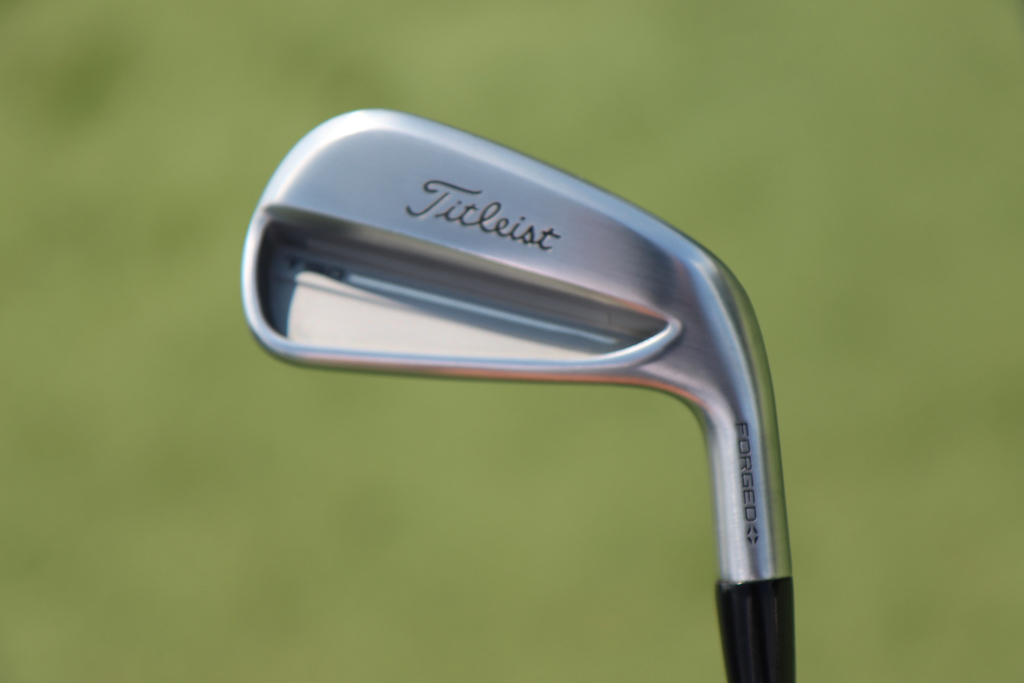
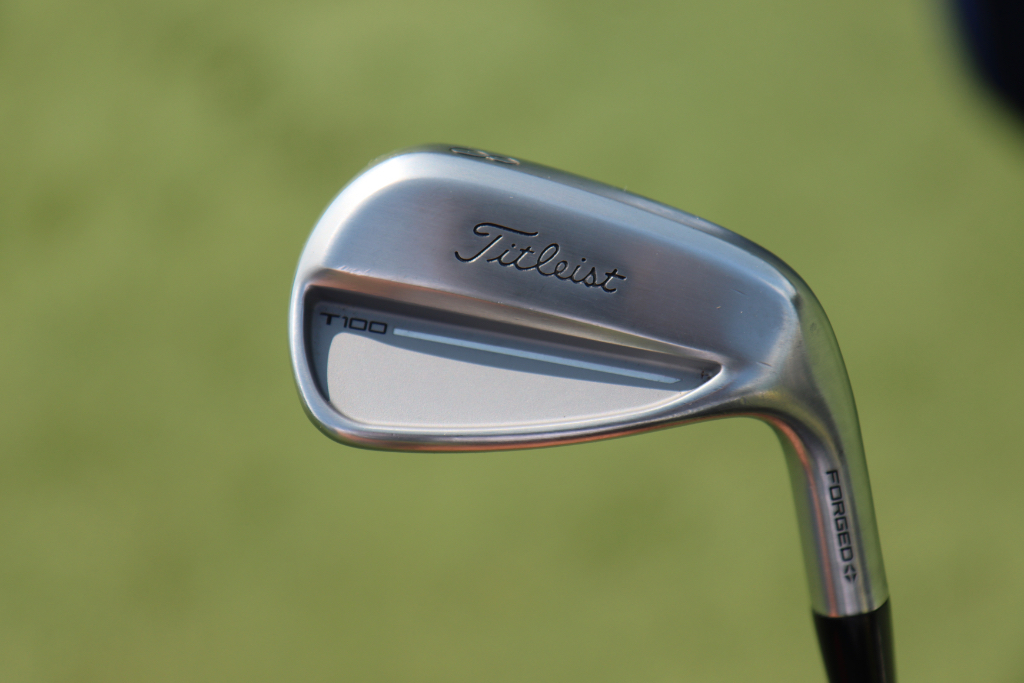
Wedges: Titleist Vokey Design SM10 (48-10F @47, 52-12F, 56-08M @57, 60-04T @62)
Shafts: True Temper Dynamic Gold Tour Issue S400
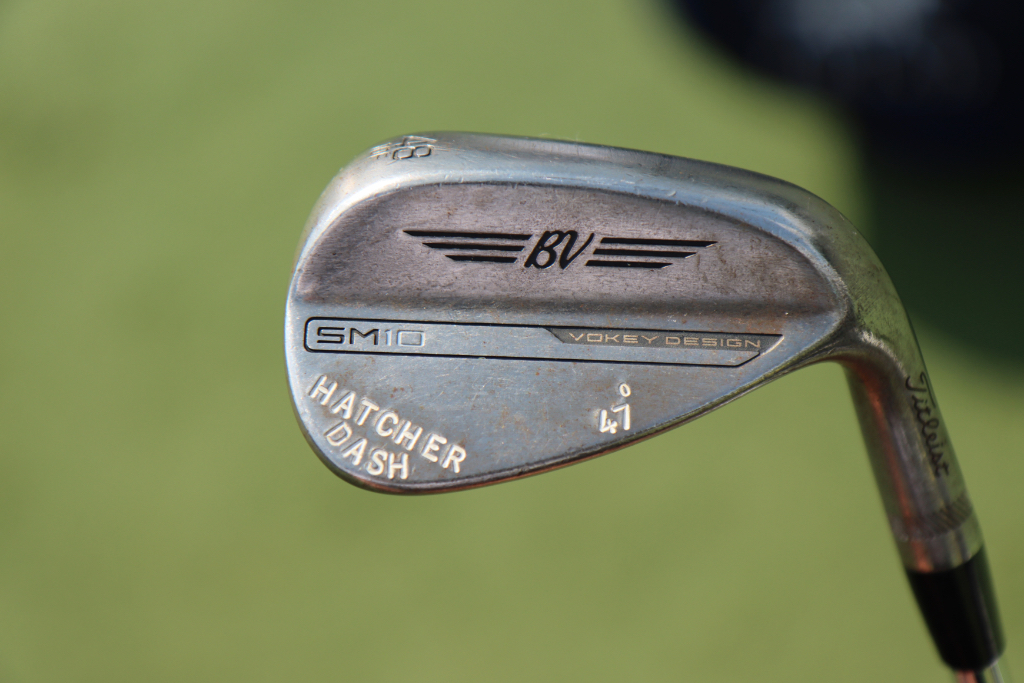
Putter: Scotty Cameron Studio Style Fastback 1.5 Tour Prototype
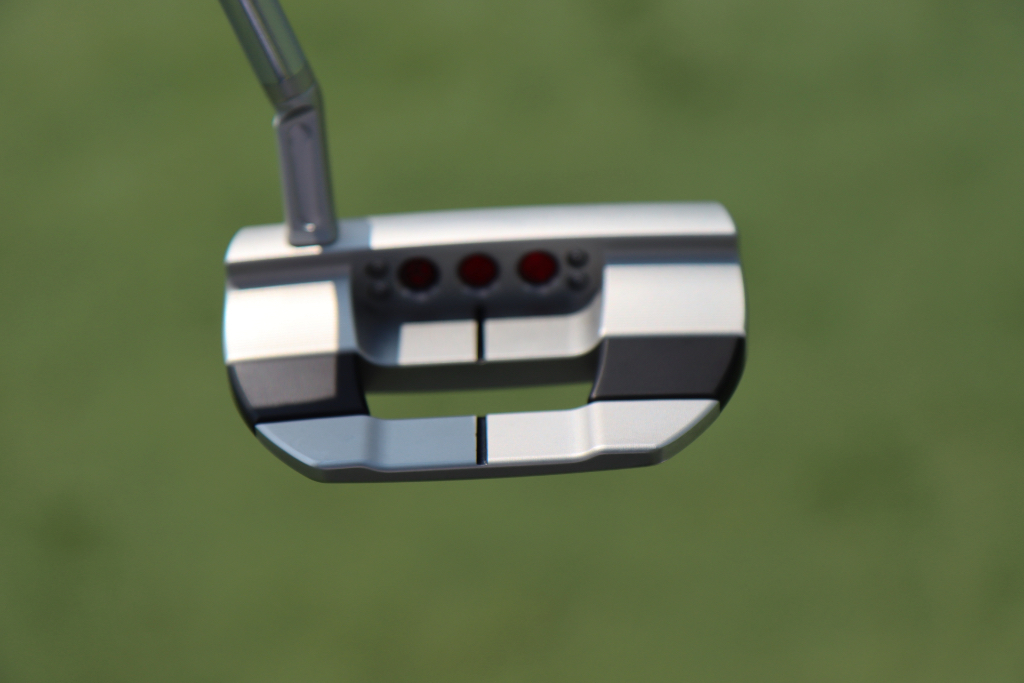
Grips: Golf Pride Tour Velvet
Ball: Titleist Pro V1x Yellow
Equipment
GolfWRX Members Choice presented by 2nd Swing: Best driver of 2025
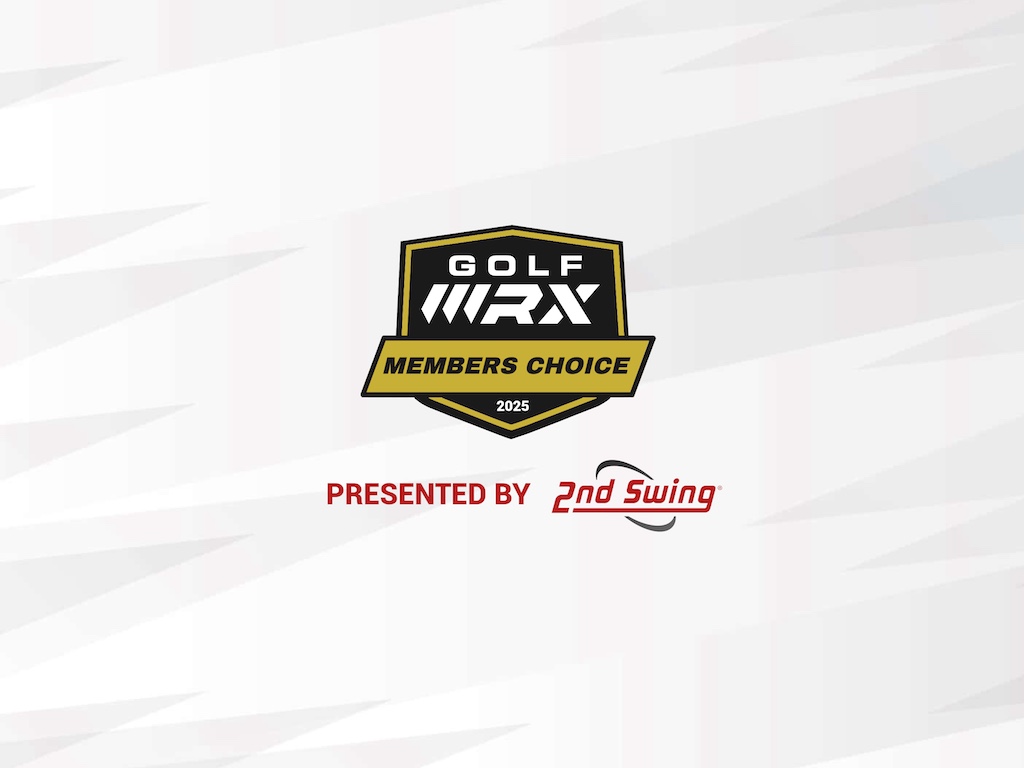
We’re proud to once again partner with 2nd Swing Golf to bring you GolfWRX Members Choice 2025! 2nd Swing has more than 150,000 new and pre-swung golf clubs available in six store locations and online. Check them out here.

What is the best driver in 2025? At GolfWRX, we take great pride in our online community and the cumulative knowledge and experience of our members. When it comes to the best driver of 2025, we want to know what our forum faithful think.
Since our founding in 2005, the bedrock of GolfWRX.com has been the community of passionate and knowledgeable golfers in our forums, and we put endless trust in the opinions of our GolfWRX members — the most knowledgeable community of golfers on the internet. No other group of golfers in the world tests golf clubs as frequently or as extensively, nor is armed with such in-depth information about the latest technology.
Below are the results of GolfWRX member voting for the 2025 best driver, along with the vote percentage for each club.
Best driver of 2025: The top 5
5. Callaway Elyte Triple Diamond: 6.02%
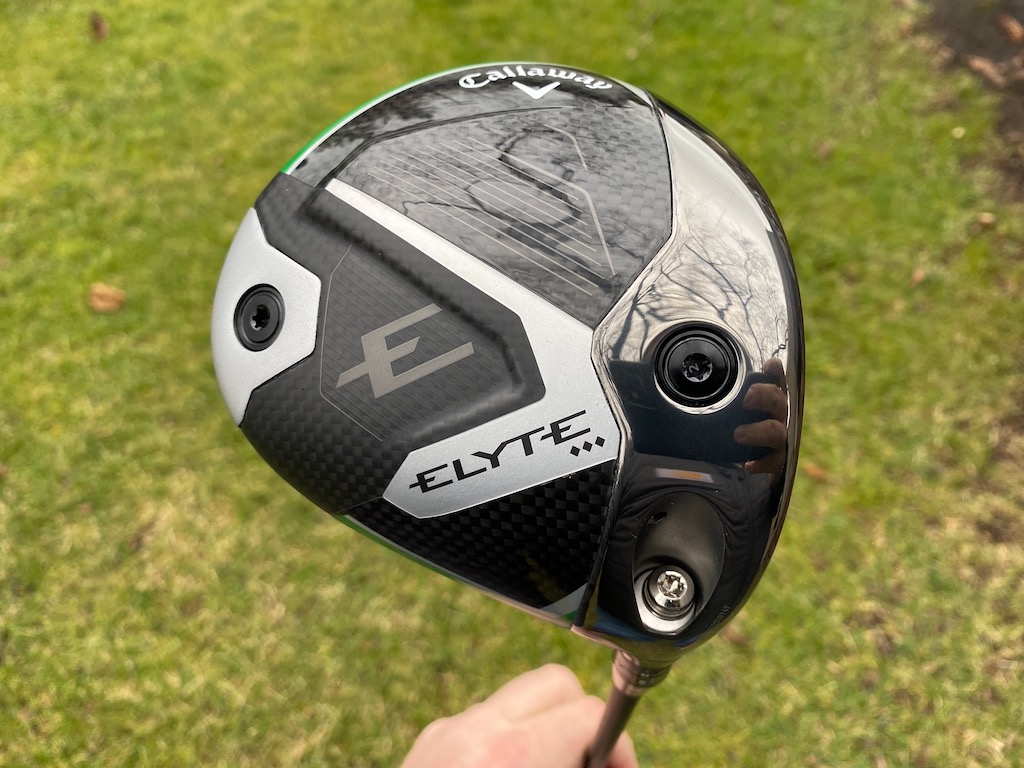
Callaway’s pitch: “For golfers looking for a fast, forgiving, yet workable driver, the Elyte Triple Diamond features a tour-inspired shape and is the preferred model by most Callaway tour players.”
You can read what other golfers are saying about the driver in the GolfWRX forums, and see our launch piece here. Shop the Callaway Elyte Triple Diamond here.
4. Ping G440 Max: 6.86%
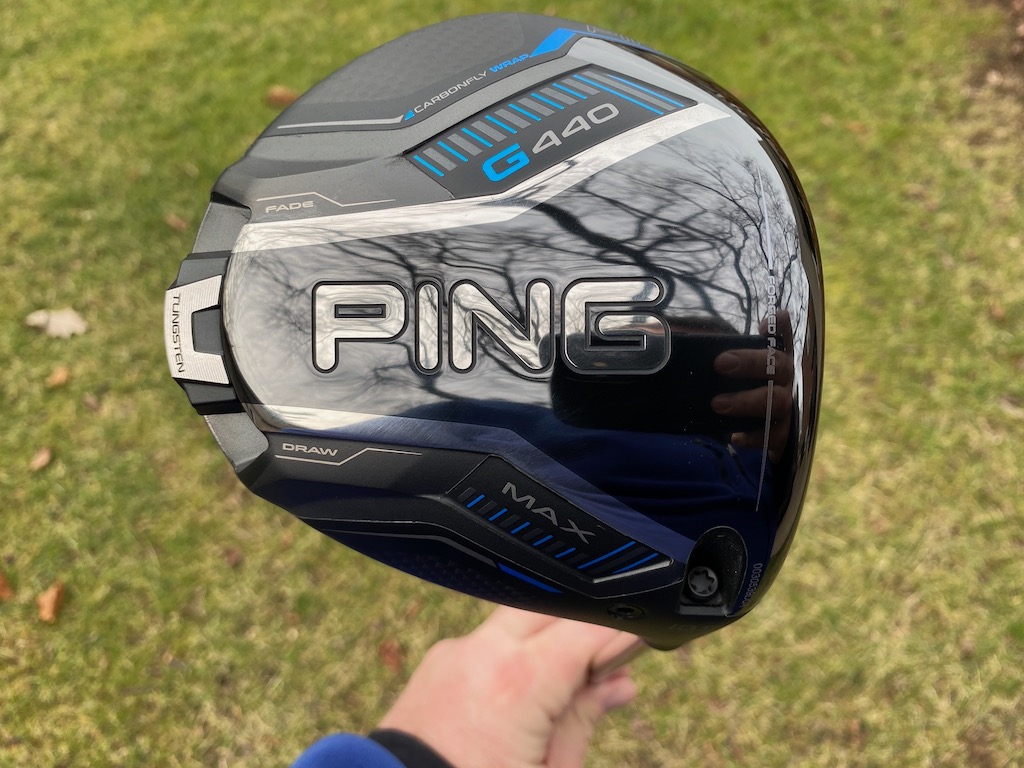
Ping’s pitch: “The most forgiving G440 model, MAX has a hotter face to generate speed and distance, and a lighter overall system weight with a longer shaft (46″) for faster clubhead speed, higher launch and longer carries. The Free Hosel and Carbonfly Wrap crown save weight to create our lowest CG ever and increase forgiveness while contributing to a more muted, pleasing sound.”
You can read what other golfers are saying about the driver in the GolfWRX forums, and see our launch piece here. Shop the Ping G440 Max here.
3. Ping G440 LST: 9.53%
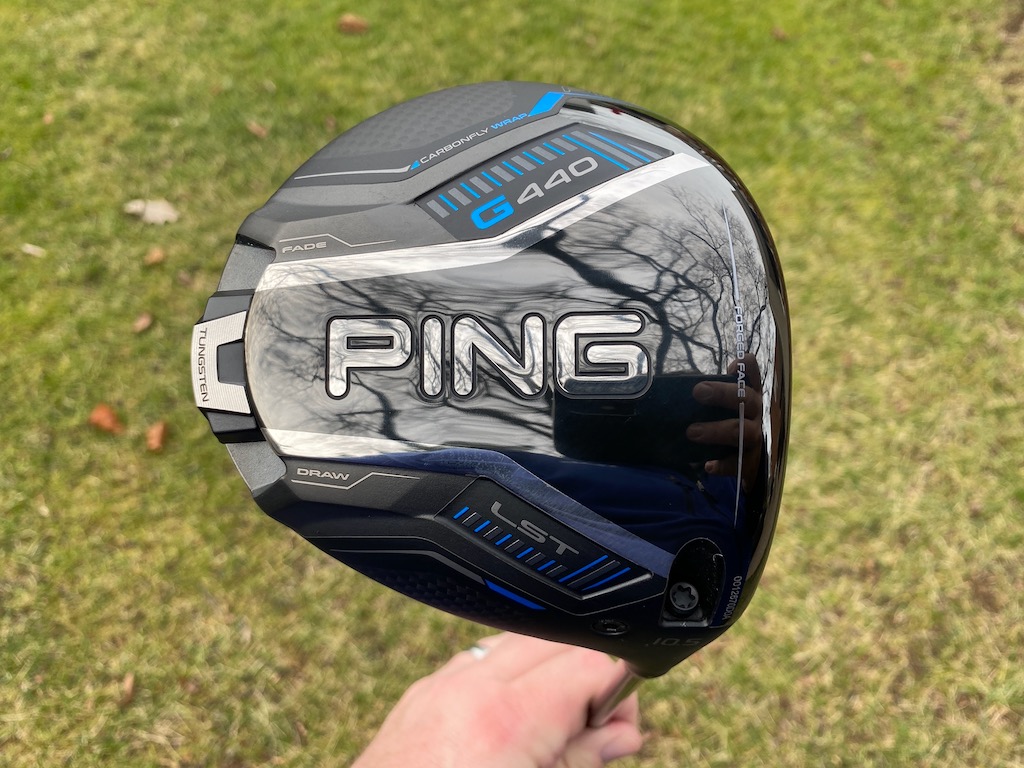
Ping’s pitch: “LST is an especially good fit for faster swings, offering less spin and more control with a penetrating trajectory. A hotter face, lighter overall system weight and longer shaft (46″) deliver more speed and distance while maintaining tight dispersion.”
@phizzy30: “Not a fan of Ping drivers in general, but 440 LST takes the cake. It’s super forgiving across the face for a low spin head, looks and sounds good and the ability to make it play neutral or slightly fade biased through the hosel settings is very appealing.”
You can read what other golfers are saying about the driver in the GolfWRX forums, and see our launch piece here. Shop the Ping G440 LST here.
2. Titleist GT3: 16.55%
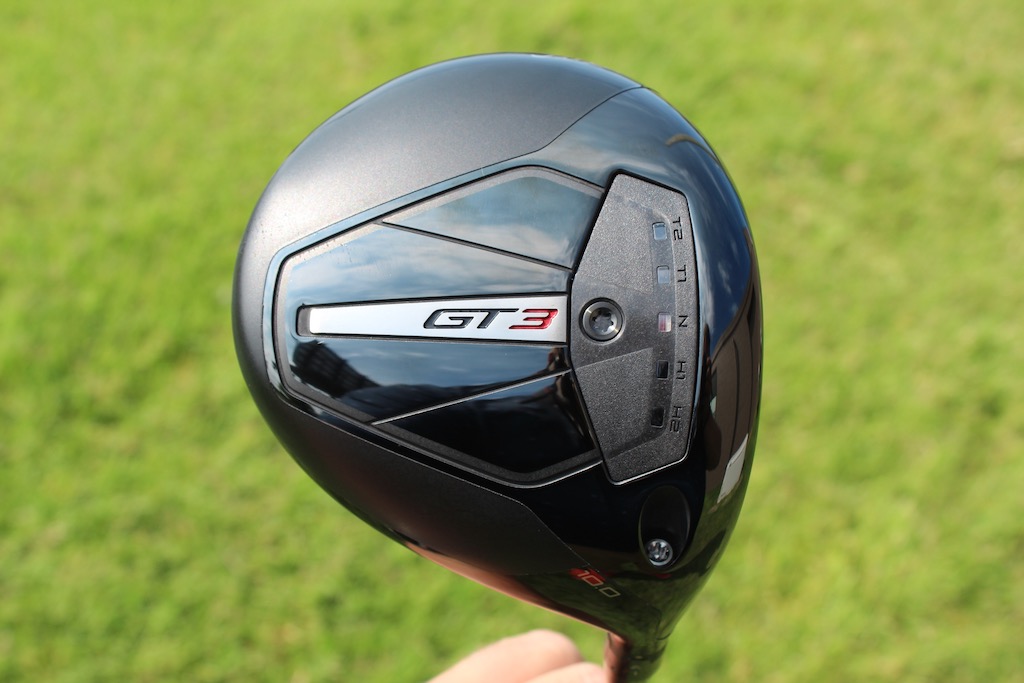
Titleist’s pitch: “The GT3 Driver offers Titleist’s boldest combination of power and personalization through adjustable performance. Dial in the CG Track to your frequent contact location to make your biggest drives even bigger while taking total control over flight and shaping.”
@mrmikeac: “I’ve been Anti-Titleist for years and years and years (outside of Vokey, of course). With that being said, HOLY BEGEEZUS the GT3 driver is an absolute NUCLEAR MONSTER! This thing blew my G430 10K Max out of the water in every single category. Forgiveness is the biggest thing that stands out of me, the 3 model has always been one of the less forgiving models in the past but this GT3 can take bad shot after bad shot and still end up in the fairway, I think a ton of that has to do with the adjustability, it’s actually effective. Feel and sound is perfect, that solid crack is so addicting to hear and when you hit it out the screws this thing can absolutely bomb it. Titleist, I’m sorry for doubting you. You have converted me.”
You can read what other golfers are saying about the driver in the GolfWRX forums, and see our launch piece here. Shop the Titleist GT3 here.
1. Titleist GT2: 22.91%
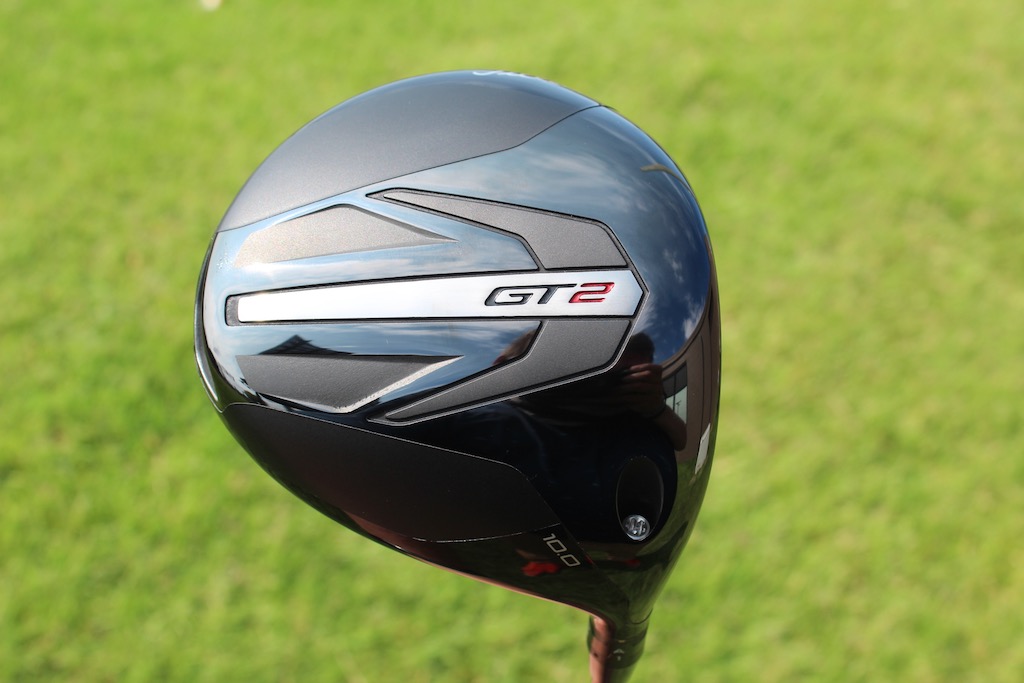
Titleist’s pitch: “Delivering impressive distance from any impact point, the Titleist GT2 Driver extracts maximum performance through a forgiving design. Get the stability and added confidence of a high-MOI driver without sacrificing speed.”
@DTorres: “The Titleist GT2 has proven to be the best driver of the year. Packaged in a classic profile, GT2 perfectly balances performance and forgiveness while consistently being a high performer across all categories.”
You can read what other golfers are saying about the driver in the GolfWRX forums, and see our launch piece here. Shop the Titleist GT2 here.
Other drivers receiving >2% of the vote
| Driver | Vote percentage (%) |
|---|---|
| Cobra DS Adapt Max K | 4.85% |
| Ping G430 Max 10K | 3.85% |
| Callaway Elyte Triple Diamond | 3.68% |
| TaylorMade Qi35 | 3.51% |
| Callaway Elyte | 3.18% |
| Cobra DS Adapt X | 2.34% |
| Cobra DS Adapt LS | 2.17% |
| TaylorMade Qi35 LS | 2.17% |
View this post on Instagram




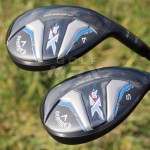
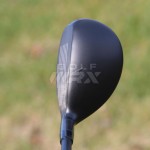
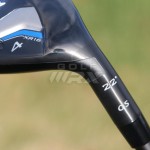
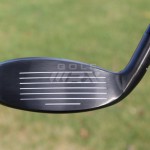

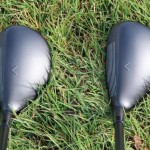
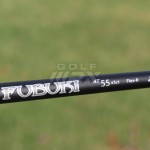
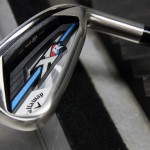
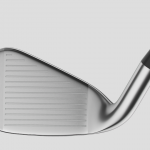
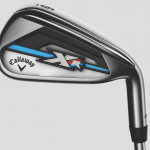

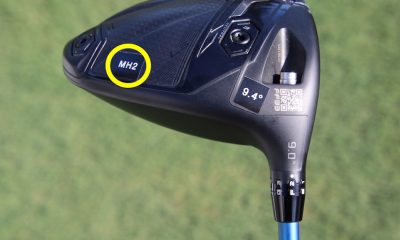

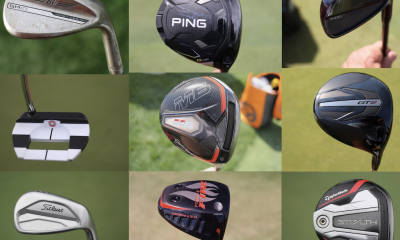

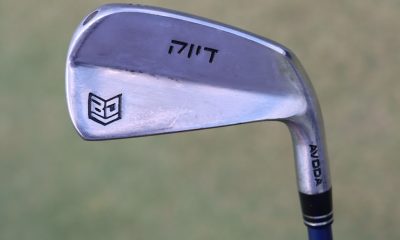

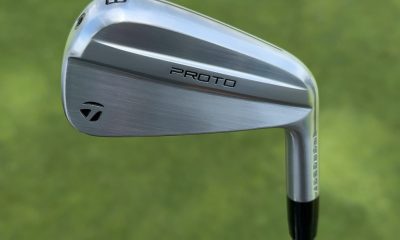

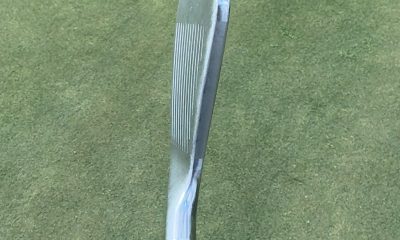

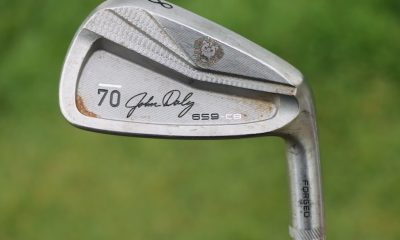









Furious Styles
Jun 17, 2017 at 11:36 pm
Timmy?
Eric
Jan 17, 2016 at 9:55 pm
Unbelievable. Go back 15 years ago, and their irons and hybrids look exactly the same as these. What a joke. Take a hint from titleist or ping and release clubs every other year.
Philip
Jan 14, 2016 at 11:04 pm
Hard to believe an OEM got the loft gapping backwards…I do not know who is testing this stuff, but it is not the average golfer. How do they think reducing lofts in the lower irons increases yardages between the clubs. And increasing shaft lengths just guarantees poorer results for average golfers who struggle with lengths longer than 7 irons, let alone lengths for a 4 iron (with a 3 iron loft) that is longer than 1 irons used to be.
Marcus
Jan 14, 2016 at 11:26 pm
These types of clubs are designed with the novice golfer in mind. These golfers are not likely to be as consistent as the mid-low handicapper; they are more likely to be impressed and excited by the distance gains they get from lower lofts and longer shafts. They probably aren’t going to hit these clubs any more consistently than their half-an-inch shorter counterparts, so why would you focus on length and lofts for consistency when you can design a club with game-improvement tech and focus on distance? The vast majority of average players want to see distance gains.
Philip
Jan 14, 2016 at 11:51 pm
Except they would get likely get more distance with higher lofts and shorter lengths in the lower/mid irons as longer lengths only help if it doesn’t result in a worse impact. I reduced my lengths to improve my ball striking to great success when I was a mid-high handicapper and may just keep them shorter as I move forward. I was also experimenting with my lofts and decided to increase them 1-2 degrees to have 4 degree differences and was pleasantly surprised by my rather large distance gains (better ball flight for my setup) when I was willing to accept some yardage loses based on the current “wisdom” of the OEMs. For the longest time a 4 iron was 38 inches long and 24/25 degrees because the average golfer just couldn’t hit longer shafts or less loft with much success – at least until the marketing departments could show increases with an Iron Byron machine, which I am not. Besides, all I really care about is that there is only 3-4 months till the 2016 golf season! Cheers.